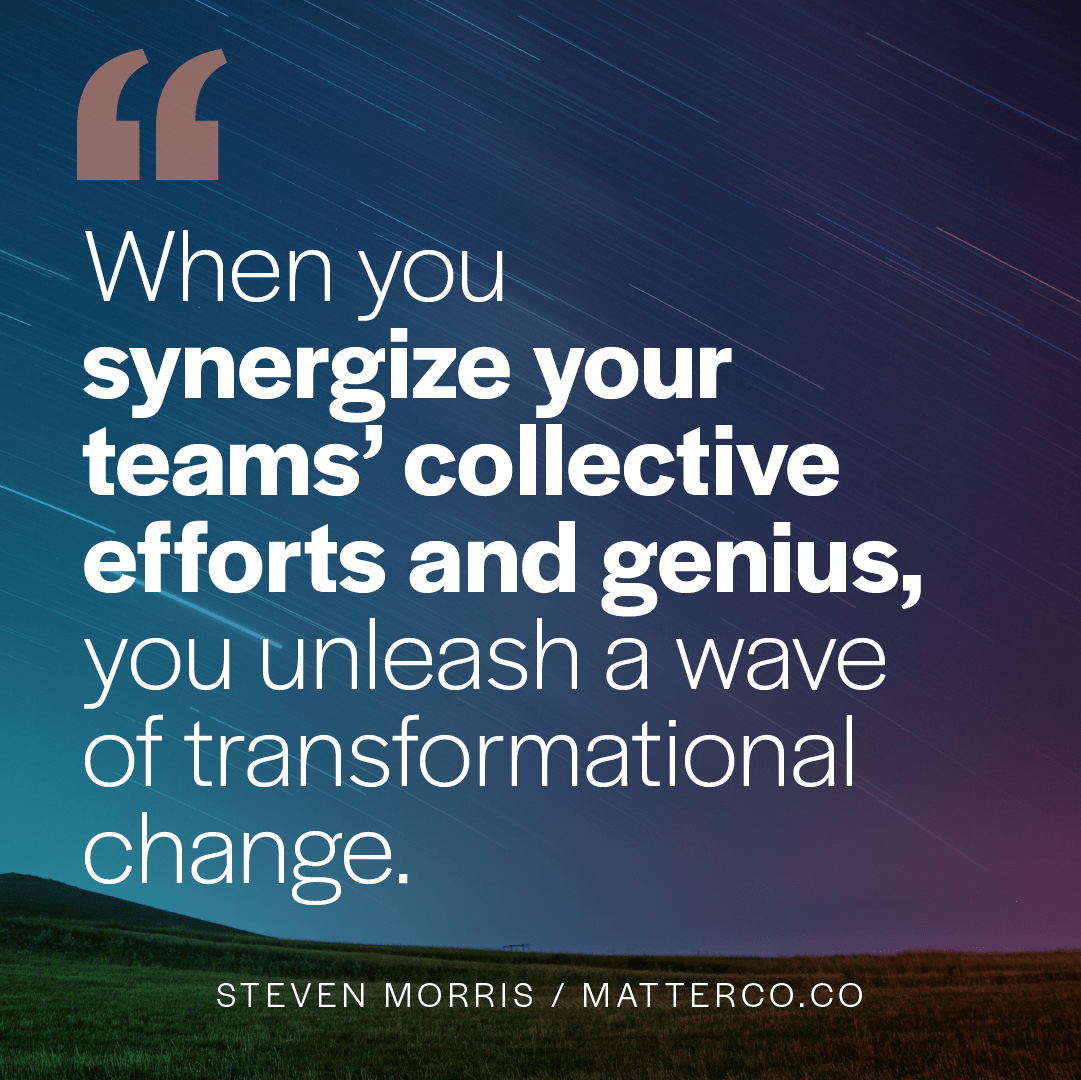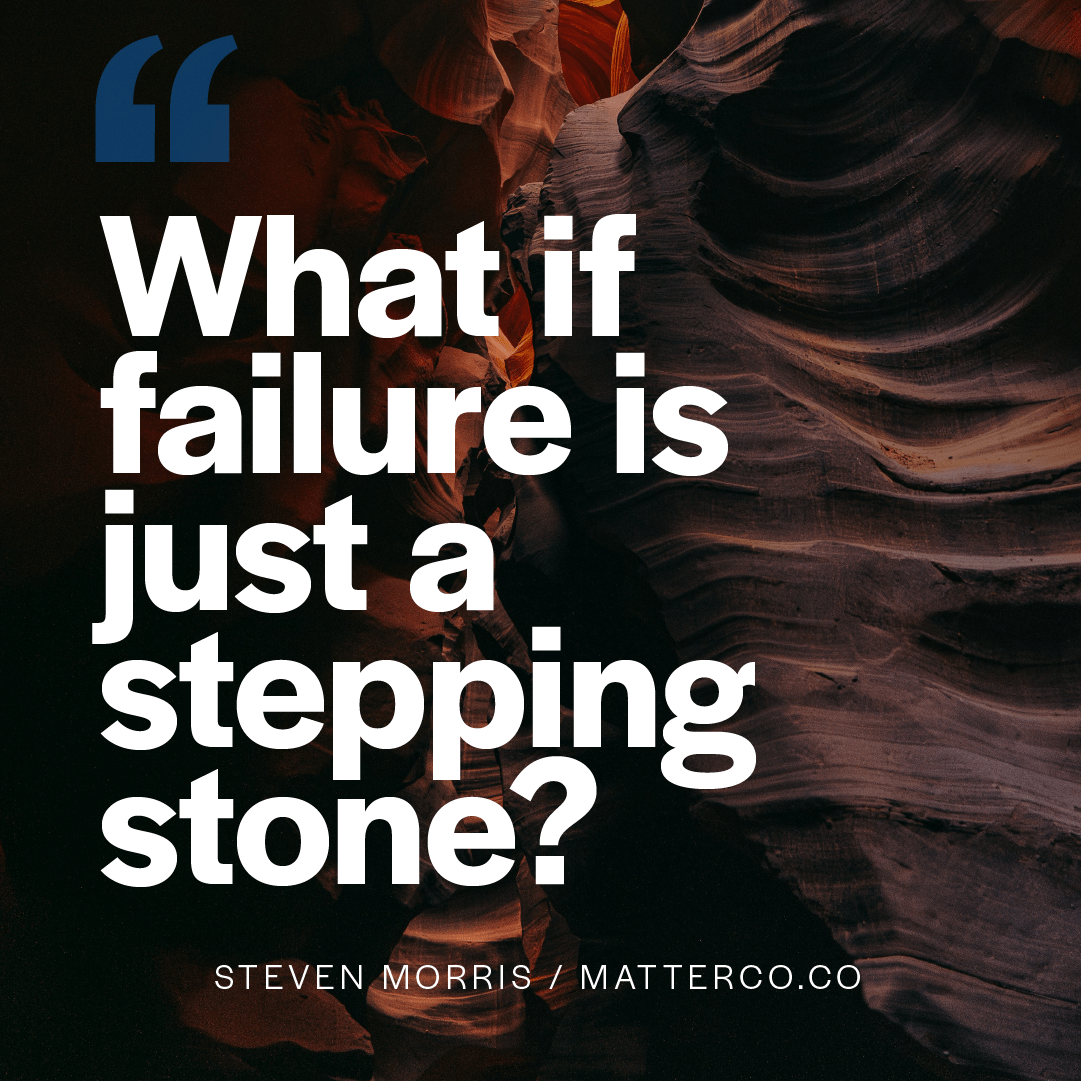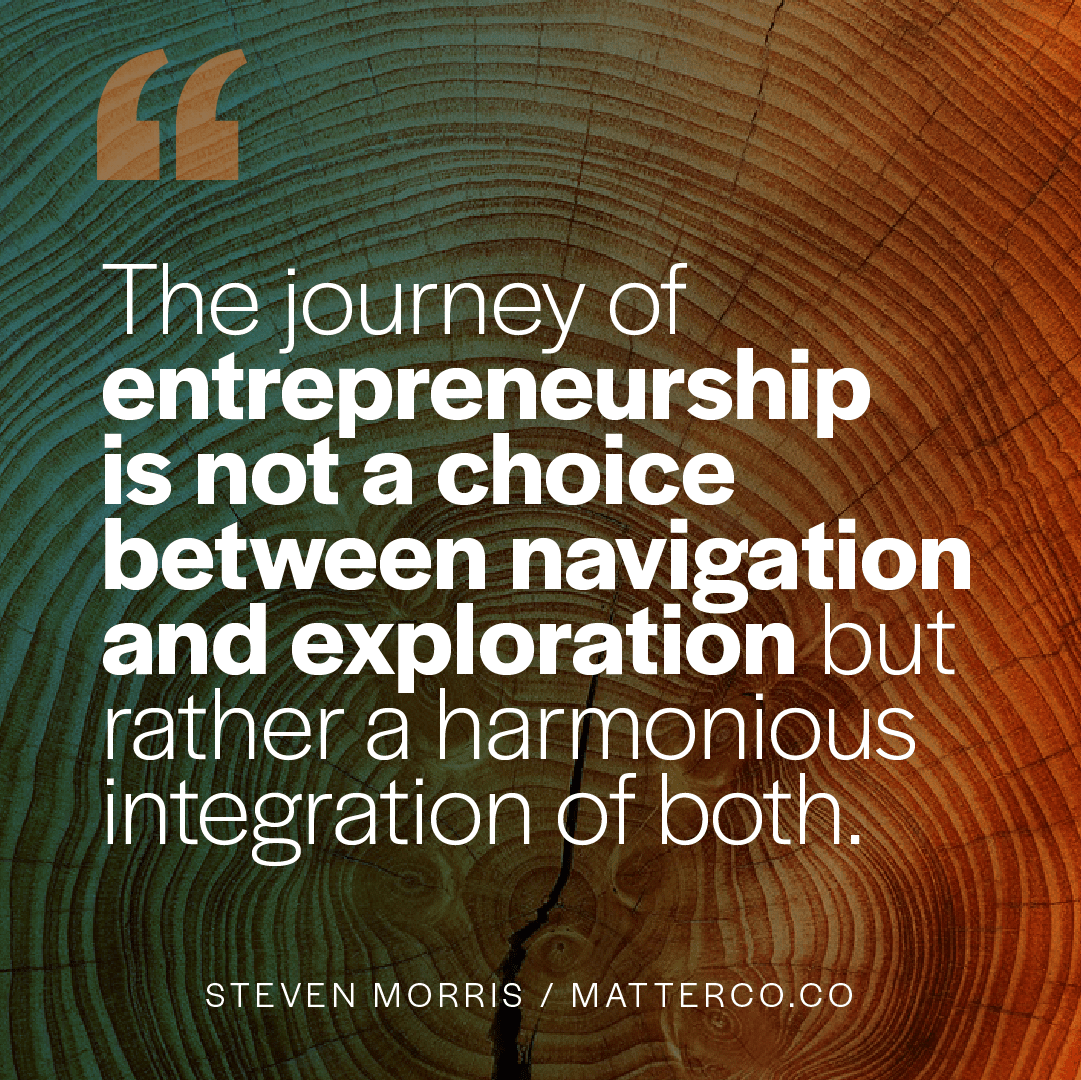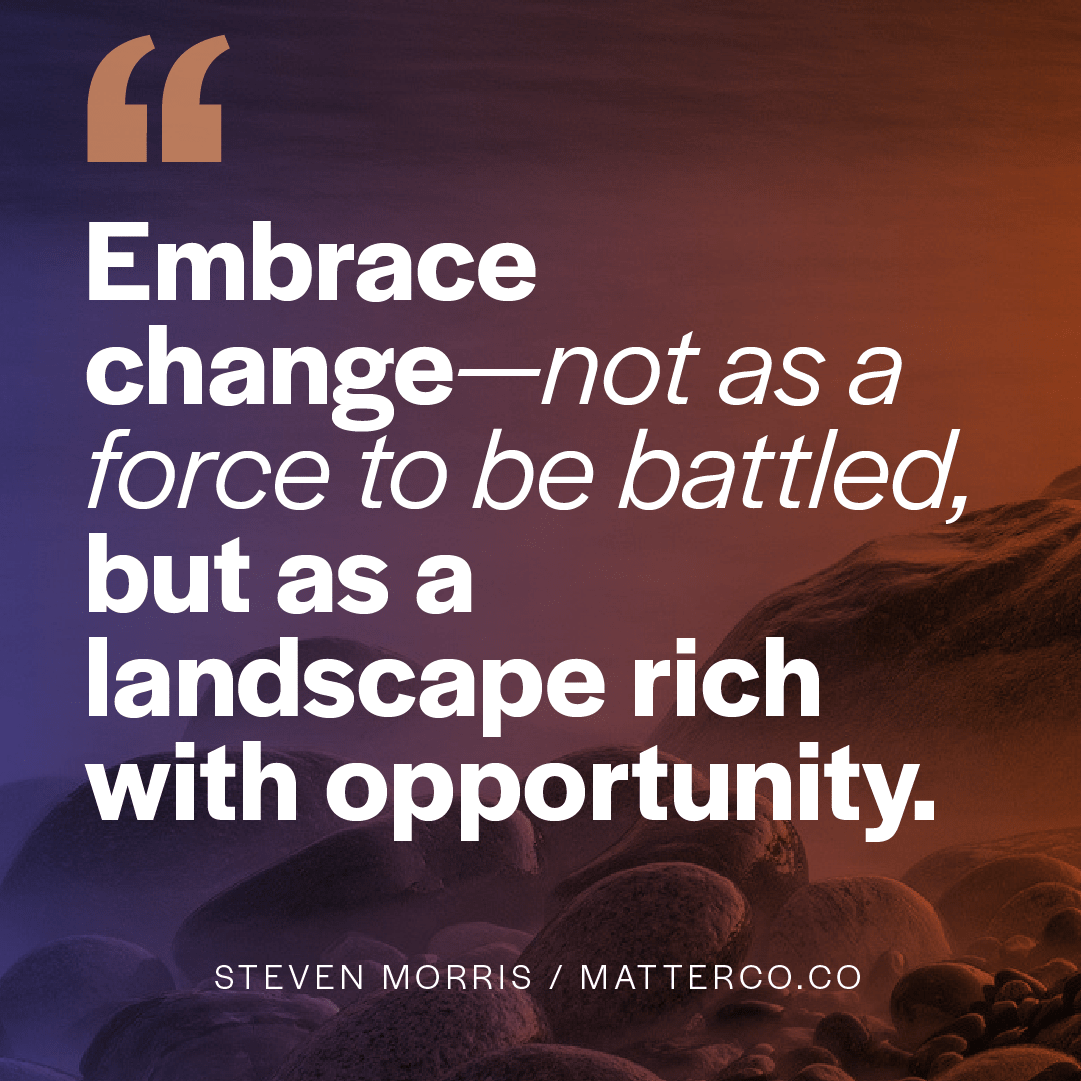
The beautiful thing about business. (a TEDx talk)
As a brand and business consultant and strategist, I’ve experienced beauty on entirely different levels in many of the more than 250 organizations I’ve been honored to work with. In this work I observe leaders working hard and passionately to create beautiful businesses.
In the business world, the thing about beauty is that much of it is unseeable. In organizational life we feel it, sense it, and experience it.
- Like the way a guest is greeted at a corporate headquarters front desk with a warm welcome and the receptionist calling you by your name as they arrive.
- Or the way a team of engineers, marketers, operations, and design experts comes together in an innovation session to ideate on remarkable products aimed at improving the lives of their customers.
- Or the way that a skilled and caring customer service person treats a dissatisfied customer and works to make things right.
- Or the way a new employee prospect is thoughtfully welcomed into an interview setting by the employee experience team, so the relationship gets off on the right foot.
We treat people differently when we think through the lens of beauty. We apply a person-to-person exchange that recognizes the interconnected humanity in our work together. This foundational nature of organizational soft-skills is sometimes easy to overlook in the intensity of our busy lives and on the hurried corridor to achieving business goals. But there’s no getting around the humanity that sits at the center of our work. All work is invented, created and applied for and by humans.
In my recent TEDx talk, I present three pillars for what I call a Beautiful Business: Belonging, Harmony, and Magnetism. You can read them below or watch the talk here.
Belonging: If we’re intentional of our choice to work for an organization or buy from a brand, we do so because our beliefs are aligned on some level. Either consciously or unconsciously, you step forward and engage with the company you work for, the brands you buy from, the schools you go to, the teams you root for, the places of worship at, and the clubs you belong to.
Think about the neighborhood you live in. Sure, cost and convenience play a role, but chances are you live there because your core beliefs are aligned with the community and your neighbors.
The more conscious we are about our choices—both knowing that we have them and acting on the knowing—the more aligned our beliefs are with the organizations we actively belong to. The more a company understands and publicizes its beliefs and values, the more likely they are to attract more of the right people—employees and customers—with united values.
Zappos is a shining example of this action. They attract, vet, hire, train and reward employees whose beliefs and actions are cohesive. Aligned beliefs are what creates belonging, which leads to loyal patrons and engaged employees.
Harmony. When you have belonging, you can create harmony. Harmony happens when all elements within the business are working in lock-step with one another.
Think about the neighborhood you live in. Sure, cost and convenience play a role, but chances are you live there because your core beliefs are aligned with the community and your neighbors.
The more conscious we are about our choices—both knowing that we have them and acting on the knowing—the more aligned our beliefs are with the organizations we actively belong to. The more a company understands and publicizes its beliefs and values, the more likely they are to attract more of the right people—employees and customers—with united values.
Zappos is a shining example of this action. They attract, vet, hire, train and reward employees whose beliefs and actions are cohesive. Aligned beliefs are what creates belonging, which leads to loyal patrons and engaged employees.
Harmony. When you have belonging, you can create harmony. Harmony happens when all elements within the business are working in lock-step with one another.
Harmony in the culture happens when the individuals show up completely as their best self and do their role masterfully by tapping into their unique genius, strengths, and skills. And, because you have belonging in your company, they do their job, too.
What’s the difference between a role and a job? The role of an employee might be in marketing, manufacturing, customer service or maintenance, but their job is to help the organization succeed.
Bees do this masterfully. There are many roles in the hive (the queen, drones, greeters, collectors, etc.), but when all the functions are done with excellence it collectively contributes to the overall success, and the hive thrives. All bees know their role and do their job.
Harmony is when what happens inside the business—the systems, process, behaviors, and beliefs—are in accord with what the outside world experiences.
Magnetism. When belonging and harmony are in place, it creates magnetism. Magnetism moves people, and it’s what you feel in the face of something beautiful. It’s a felt sense as much as a visualized sense that pulls things closer to one another.
As humans, we have no real defenses for beauty. Real beauty, not the fashion or cosmetics industry definition of beauty, pulls you in. This is the beauty you feel. It’s both attractive and attracting. It appeals to all of our senses, and it takes many forms. What Harley-Davidson customers find beautiful is different than what Patagonia customers want in beauty.
When a beautiful business works from its center and operates within this center to pull people into their gravity, it becomes the flame, not the moth. These businesses don’t chase customers. They stay true to their principles. They stand up for what they believe. They attract us. They’re unignorable. We can’t help but give our attention to them.
What’s the difference between a role and a job? The role of an employee might be in marketing, manufacturing, customer service or maintenance, but their job is to help the organization succeed.
Bees do this masterfully. There are many roles in the hive (the queen, drones, greeters, collectors, etc.), but when all the functions are done with excellence it collectively contributes to the overall success, and the hive thrives. All bees know their role and do their job.
Harmony is when what happens inside the business—the systems, process, behaviors, and beliefs—are in accord with what the outside world experiences.
Magnetism. When belonging and harmony are in place, it creates magnetism. Magnetism moves people, and it’s what you feel in the face of something beautiful. It’s a felt sense as much as a visualized sense that pulls things closer to one another.
As humans, we have no real defenses for beauty. Real beauty, not the fashion or cosmetics industry definition of beauty, pulls you in. This is the beauty you feel. It’s both attractive and attracting. It appeals to all of our senses, and it takes many forms. What Harley-Davidson customers find beautiful is different than what Patagonia customers want in beauty.
When a beautiful business works from its center and operates within this center to pull people into their gravity, it becomes the flame, not the moth. These businesses don’t chase customers. They stay true to their principles. They stand up for what they believe. They attract us. They’re unignorable. We can’t help but give our attention to them.
So, how does a beautiful business begin?
It all starts with business leaders making the principled decision to create a business that goes beyond merely making a profit. And, while profit is essential for all enterprises to endure, it shouldn’t be the only reason they exist.
I believe businesses can inspire quiet or radical acts of transcendent experiences that create belonging, harmony, and magnetism—for people inside and outside of the organization.
And business done beautifully moves us from the realm of simple transaction into transcendent experiences for customers and employees.
We, humans, are here to move the world forward. We’re hungry for it. We crave it. It’s what makes the work we do worth doing.
Business can be an intentional act of beauty, made perfectly imperfect by human hearts, minds, and hands.
And the beauty is there is no limit to the amount of beauty we can put into the world.
It all starts with business leaders making the principled decision to create a business that goes beyond merely making a profit. And, while profit is essential for all enterprises to endure, it shouldn’t be the only reason they exist.
I believe businesses can inspire quiet or radical acts of transcendent experiences that create belonging, harmony, and magnetism—for people inside and outside of the organization.
And business done beautifully moves us from the realm of simple transaction into transcendent experiences for customers and employees.
We, humans, are here to move the world forward. We’re hungry for it. We crave it. It’s what makes the work we do worth doing.
Business can be an intentional act of beauty, made perfectly imperfect by human hearts, minds, and hands.
And the beauty is there is no limit to the amount of beauty we can put into the world.
If you want a more trusting team, a culture of belonging or a magnetic brand that attracts more of the right customers, I can help. If you'd like to explore if working together makes sense, drop me a line.







